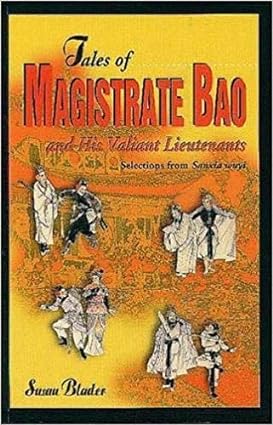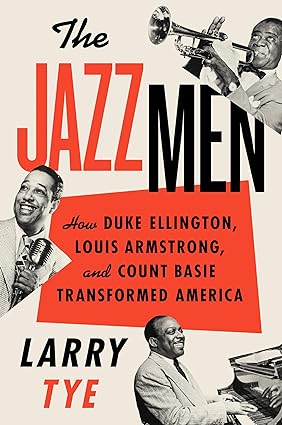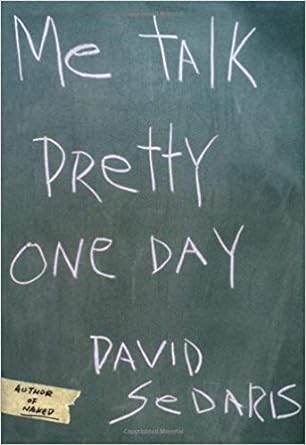Summer Reading 2024
If you are looking for good reads while the days grow long and warm, here are some suggestions from the Library staff:
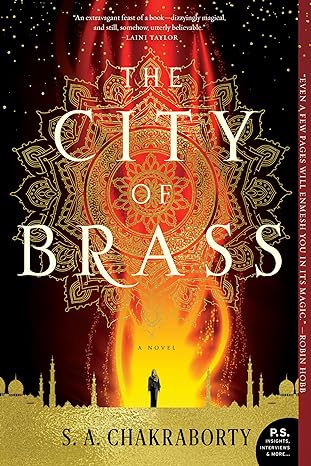
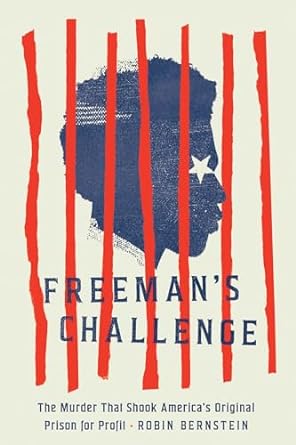
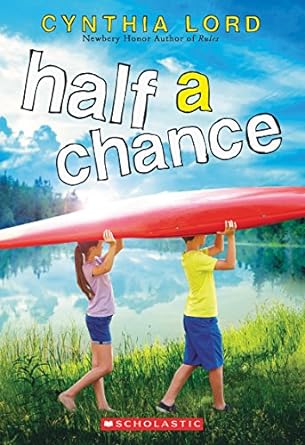
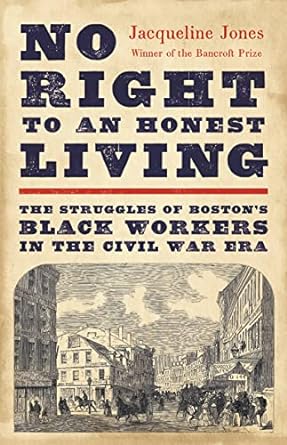
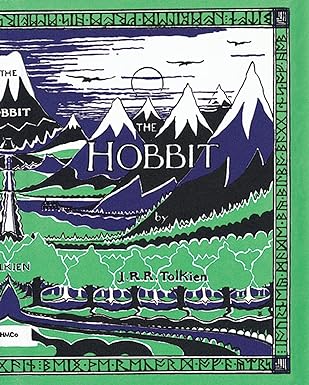
Despite my (and my hair’s) passionate aversion to heat and humidity, I’m not totally immune to summer’s charms. There’s something deeply nostalgic about the season; how, as a child, it seemed to stretch endlessly and filled with potential. So, it only seems right to honor that nostalgia and read a healthy amount of young adult novels in the summer—romances, in particular. (There’s just something about a breezy love story on a warm day that feels natural, doesn’t it?)
The Sky is Everywhere by Jandy Nelson isn’t exactly a breezy read, as it follows our protagonist, Lennon, mourning the death of her older sister. However, the writing is so lush and evocative, it feels perfect for summertime. And the romance is magical, dramatic, and messy, which feels all too appropriate for first love. You Should See Me in a Crown by Leah Johnson doesn’t take place in the summer, but it gives all the right vibes for a quintessential summer story: it’s fun, compelling, and the romance is downright dreamy. I would have devoured it on a family vacation. And a title I consider a classic among young adult romances: To All the Boys I’ve Loved Before by Jenny Han. A delightful story about an unlikely romance that had me smiling the whole time. The best part? You can follow up a reading session with a cozy nighttime viewing of the movie on Netflix—a perfect summer day if you ask me. --Michelle Andreani, Children's and Young Adult Library Assistant
Visiting fantastical worlds counts as going on summer vacation…right? Well, if you're like me and have no travel plans yet this summer, I have gathered some options for mythical globetrotting. The City of Brass by S. A. Chakraborty is the first entry in the Daevabad Trilogy, one of my favorite fantasy series; it follows a young con woman thrown into a world of magic and djinn, political intrigue, and the titular legendary city, set in the 18th century Middle East and inspired by Islamic folklore. The worldbuilding is exquisite, the characters are complex and interesting, and I will be re-reading this series for a very long time. Moving geographically westward and temporally backward (way, way back), Circe by Madeline Miller is a popular (for good reason) feminist adaptation of the life of Circe, the Greek mythological figure. A witch with a talent for transformation, Circe struggles against gods and mortals while trying to carve out her place in the world. I have yet to read Miller's The Song of Achilles, but it is similarly acclaimed and may need to join my own summer reading list. Naomi Novik's Uprooted and Spinning Silver are standalone fantasy novels that draw inspiration from Polish folktales and the story of Rumpelstiltskin, respectively, and feature strong young women fighting evil (magic, sentient forests, and fae included), all told in beautiful prose. The Library keeps our copies in the Children's Library, but they are equally enjoyable by adults and teens alike. As a bonus, The Familiar by Leigh Bardugo was released this year and is on my to-read list; set in 16th century Madrid, it follows a Jewish servant girl who uses her magic to elevate her status while surviving the Spanish Inquisition. --Leah Freeman, Catalog Librarian
This summer I plan on revisiting one of my favorite authors, one of the most eccentric voices to emerge from the mid-century American pulp fiction market, Fredric Brown (1906-1972). His unique style blended elements of mystery, horror, and sci-fi, always with a wry sense of humor. Devotees of the author (myself included) hold his short fiction in high esteem, and some of his most beloved tales are collected in Carnival of Crime: The Best Mystery Stories of Fredric Brown (edited by Francis M. Nevins, Jr., and Martin H. Greenberg). Among the standouts and most representative of his style are "The Case of the Dancing Sandwiches" (do you really need more than the title to entice you?) and "Don't Look Behind You," which ominously begins by directly addressing the reader: "Just sit back and relax, now. Try to enjoy this; it's going to be the last story you ever read, or nearly the last." As Brown got older, his stories got shorter and shorter, as evinced by the wonderfully succinct "Mistake" from 1963, which concludes the volume in merely 38 words. Film fans might know the 1958 adaptation of Brown's novel The Screaming Mimi (starring Anita Ekberg), or the more famous (but uncredited) 1970 adaptation The Bird With the Crystal Plumage (the directorial debut of Dario Argento); the NYSL holds the original novel, and if you're in the mood for a book-length tale about a down-and-out reporter endeavoring to reclaim his lost career by going after a serial killer, this is a great entryway into the weird world of Fredric Brown. --Cullen Gallagher, Catalog Librarian

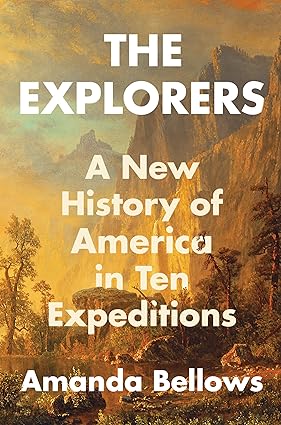
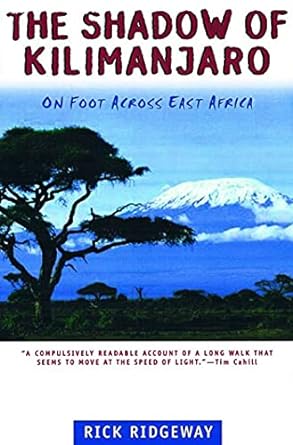
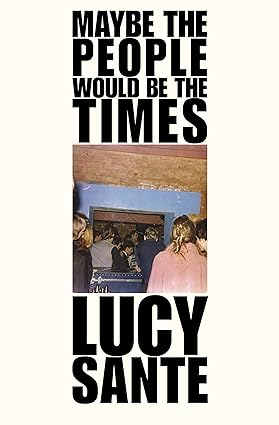
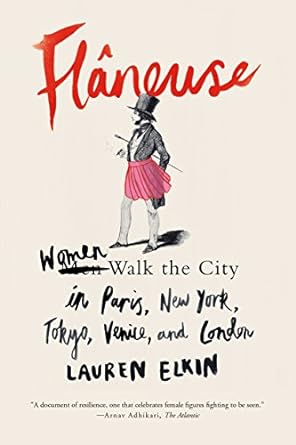
Last summer I learned all about one iconic Western composer from Jan Swafford’s Beethoven: Anguish and Triumph, so this summer it seems only right to follow up with Swafford’s happier prequel Mozart: The Reign of Love. Swayed by Peter Shaffer’s blockbuster Amadeus – and perhaps by his 19th-century successors - too many of us think of W.A. Mozart as some form of human hurricane or tortured soul. He certainly experienced more than his share of bad fortune and bad health in his short life, but in fact Mozart seems to have been a fundamentally cheerful little guy, delighting in his art, loved and supported by a family who were only mildly dysfunctional, given the era. Reading about Mozart also provides broad insight into the Enlightenment, the prime Classical period in music, and the connections among society, church, and the Masons in the age of revolutions. I may even end up branching out into his (in)famous collaborator Lorenzo Da Ponte, source of one of this Library’s Special Collections. The musical peer I’d really love to investigate further is Joseph Bologne, Chevalier de Saint-Georges (subject of that pretty good 2022 biopic) – but, sadly, there doesn’t seem to be a book-length English-language biography of him. (Am I wrong? If not: biographers, get on that, please.) In the meantime, a shout-out to the generous Dorothy Strelsin Book Fund for Performing Arts & Contemporary Fiction for keeping me in plenty of volumes about music and musicians. --Sayer E. Holliday, Head of Events
Books and reading are my vocation and my avocation, so I am often juggling several titles at once. Here are a handful of books I've just begun as Summer commences:
Who Will Make the Snow? by Taras Prokhasko and Marjana Prokhasko: A cozy picture-chapter book translated from the Ukranian, which follows the everyday life and adventures of the bursting-at-the-seams mole family and their quirky neighbors as littlest moles Purl and Crawly eagerly await their first snowfall. A delightful read on these very hot days!
Play the Game by Charlene Allen: A YA mystery woven through a tale of friendship, grief, love, injustice, and video games. Who killed the man who killed teen VZ’s best friend Ed? The police are zeroing in on Jack, another good friend of theirs; VZ doesn’t believe it. Can VZ solve this crime using the video game Ed built before he died?
The Explorers: A New History of America in Ten Expeditions by Amanda Bellows: An expansion on what and who we think of when we think about American exploration including mostly lesser-known explorers and their expeditions, ranging from the 1800s into the late 20th century. My interest was piqued by the inclusion of children’s literature legend Laura Ingalls Wilder. --Randi Levy, Head of the Children's Library
I don’t usually read biographies, but that may be changing. And what better time to delve into someone else’s life than the long, hot days of summer? I recently read Avril Horner’s Barbara Comyns: A Savage Innocence, an excellent new biography of the English novelist. Comyns has experienced several revivals in popularity since the majority of her books were published in the 1950s and ‘60s, and her novels—equal parts lighthearted and macabre—are continuing to find new readers today, myself included. Horner’s biography is engaging and thoroughly researched, using letters and diaries, as well as analysis of Comyns’s novels, to illuminate an unorthodox life. From struggling as an artist in bohemian 1930s London to living in Spain and rubbing elbows with spies, her life was as unconventional as her writing, and Horner’s book certainly does it justice.
The next biography I’m looking forward to reading this summer is Miss May Does Not Exist by Carrie Courogen, about the director, writer, and actress Elaine May. Known for her comedy act with Mike Nichols and being one of the few women directors working in Hollywood during the twentieth century, she was independent and intensely private. This is the first major biography of May, and as a fan of her movies (Mikey and Nicky is one of my all-time favorites), I could not be more excited to read it. Both May and Comyns are women who fought for creative careers on their own terms and experienced periods of both success and obscurity as a result. How lucky we are now to have thorough accounts of their lives. --Sophie Maize, Circulation Page
Summer reads that I am looking forward to diving into (pun intended!) are Chanel Miller’s Magnolia Wu Unfolds It All about a city kid and her pal solving missing sock mysteries across NYC. For contrast, I’ll spend some time at summer camps in the country via Cynthia Lord’s Half a Chance and Summer at Meadow Wood by Amy Rebecca Tan. I’m also planning to check out House Party, a new group novel edited by justin a. reynolds, featuring interconnected stories by a stellar list of YA authors. If you’re searching for further seasonal reads for your kids, be sure to look at this list compiled by the Children’s Librarians. --Susan Vincent Molinaro, Children's and Young Adult Librarian
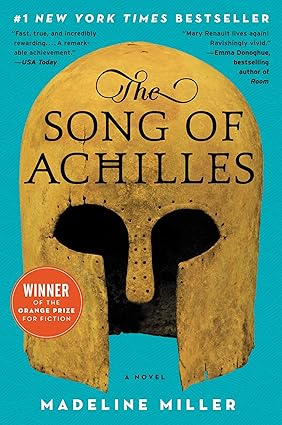
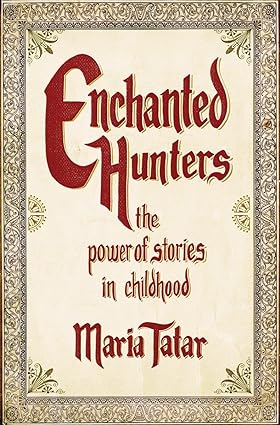
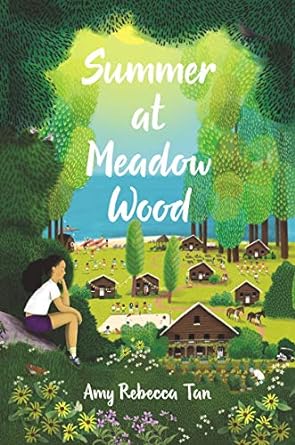
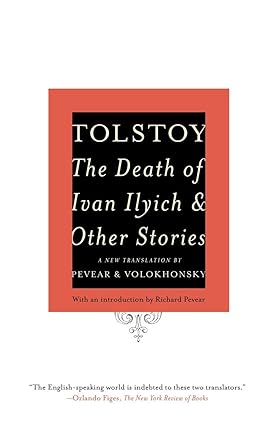
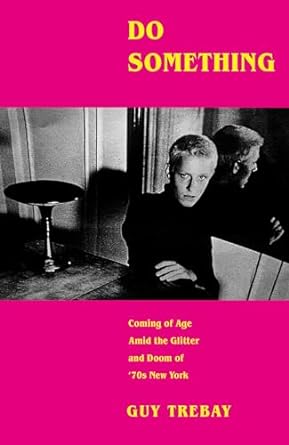
Other than the annual summer rereading The Hobbit, or, There and Back Again* (for the audiobook, click here), the season is the perfect time for me to truly give EXTRA attention to folklore, and as a folklorist, I take what I can get. Here are two books I recommend, both conceived by Maria Tatar (scholar, academic, John L. Loeb Professor of Germanic Languages and Literatures, and Chair of the Committee on Degrees in Folklore and Mythology at Harvard University):
The Annotated Classic Fairy Tales edited with an introduction and notes by Maria Tatar; translations by Maria Tatar
This book is a literary treasure in its own right, a valuable source of guidance and expertise by the legendary scholar of folklore and children's literature. You will encounter many well-known and beloved fairytales (i.e. Little Red Riding Hood, Jack and The Beanstalk, Bluebeard, & Beauty and the Beast) with an exploration of their historical origins, their cultural complexities, and their psychological effects. This volume is multilayered in how valuable these tales are, why we keep going back to them, and how deeply fairy tales have influenced us.
Another gem is the over 300 (often rare) mostly four-color paintings and drawings by celebrated illustrators (i.e. Maxfield Parrish).
Enchanted Hunters: The Power of Stories in Childhood by Maria Tatar
Ever wondered how and why bookdragons develop? This book may be the one for you! It goes beyond reading for pleasure (so important), but why is reading from a young age beneficial, and has a long history (not to mention, this is a global phenomenon across time and space). A neat thing is that Tatar concludes her book with a long appendix in which dozens of writers, such as Frederick Douglass, Walt Whitman, and Rita Dove, attest to the power of childhood reading. For those worried about a boorish academic recommendation? I promise you a fluid, easy reading with rich, fantastic original insight. It was an extraordinary read as to why many bookdragons, like myself, are drawn to storytelling. As a folklorist, this is nothing new. Since ancient times, perhaps before cave art, stories WERE, from warning us of dangers and explaining the seasons to pure escape and comfort. For me, storytelling is a form of magic.
*I have to briefly gush about my love of The Hobbit, which, in my humble opinion, is one of the best books of all time. I'm pretty sure I am a hobbit myself - overly fond of comfort, delicious food, connecting with others, needing my own time, and the like. Yet, there is a hint within me that is restless, very much like a certain Baggins. Perhaps, not to carry a sword exactly, or to find dragon-stolen gold (I don't know if I have the the energy for that). It is the desire to know things that drives me, on the search for lost worlds and stories, to obey the call of adventure. --Marialuisa Monda, Events Assistant
I’ve been enjoying Prudence Peiffer’s New York City Book Award winning book, The Slip: The New York City Street That Changed American Art Forever. It’s about a group of artists who created a community in their shared working space far downtown in the lofts at Coenties Slip. It’s a fascinating glimpse into New York in the 50s and 60s and the odd confederation of artists whose work would help define the era but varied wildly from one artist to the next. For me, it provides revelatory context for painters as varied as James Rosenquist, Elsworth Kelly, and Agnes Martin and an introduction to many artists and artwork I hadn’t known.
In the same vein, I plan to head a little further uptown and read some books and memoirs about the art and artists of the Lower East Side and East Village of the 70s & 80s. Looking forward to reading Lucy Sante’s Maybe the People Would Be the Times and Peter McGough’s I’ve Seen the Future and I’m Not Going: The Art Scene, and Downtown New York in the 1980s . All of this is in anticipation of the new Guy Trebay memoir Do Something: Coming of Age Amid the Glitter and Doom of '70s New York. Who could resist a little glitter and doom? --Patrick Rayner, Acquisitions/Reader Services Manager
I think David Sedaris is one of the best American writers, ever! He is often described as a “humorist”, but I think an appropriate title would be “master satirist”. A flawlessly observant writer, Sedaris’ mind-blowing ability to recall and articulate memories and effortless ability to bring the reader along in his rumination is, as a writer myself, intimidating. Me Talk Pretty One Day is his fourth book and Sedaris is at his absolute best, especially in the chapter “Jesus Shaves”, when Sedaris recounts a day in a Parisian French class where the class explained Easter to a Moroccan woman. His oeuvre is impeccable but Me Talk Pretty One Day will always be my by the pool vacation book. --Robert Sanford, Acquisitions Librarian


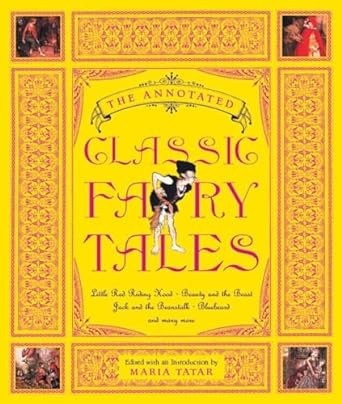
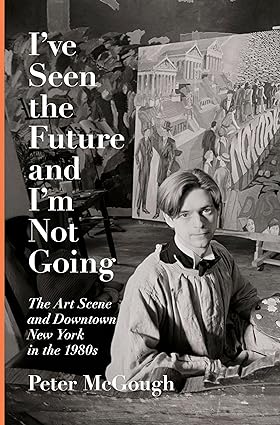
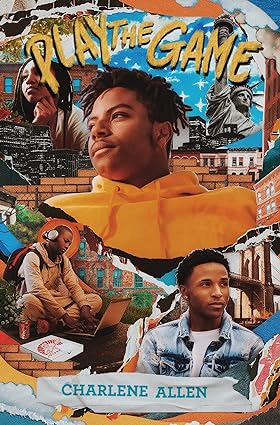
This summer, my reading list explores themes of history, spirituality, and the lived experiences of Black Americans. I recently enjoyed Master Slave Husband Wife by Ilyon Woo, an absorbing look at a couple’s ingenious journey to freedom. As a follow-up, I plan to read Freeman's Challenge by Robin Bernstein. It explores the invention of modern-day incarceration in the village of Auburn, New York, where William Freeman, an Afro-Native teenager, is wrongly convicted and sentenced to five years in prison. Warning: prepare to be startled by the unexpected outcomes that follow.
Next on my list is No Right to an Honest Living: The Struggles of Boston’s Black Workers in the Civil War Era by Jacqueline Jones. This historical account promises to illuminate a perspective that I missed in college. I'm pairing this with Cole Arthur Riley's Black Liturgies, a collection of spiritual reflections, poems, and meditations centered on the Black experience. Riley's soulful writings should provide a moving complement to the historical events in Jones' work.
Finally, I look forward to reading First Ladies, a novel by Marie Benedict and Victoria Christopher Murray that reimagines the story of Eleanor Roosevelt and her trailblazing fellow civil rights activist and friend, Mary McLeod Bethune. Taken together, these titles paint a multifaceted portrait of Black American history, culture, and spirituality. My selections were inspired by the Library's 270th anniversary exhibition, "A Belief in Books." --Tienya Smith, Director of Engagement, Partnerships, and Outreach
Tales of Magistrate Bao and his valiant lieutenants has many of the elements I consider perfect for a fun summer read. Heroic martial artists! Fair-minded government officials! Dastardly plots involving the rightful heir to the throne! Magistrate Bao is inspired by a real government official, Bao Zheng (999-1062), who features in a tradition of popular stories much like Judge Dee (based on Di Renjie, 630-704). If adventure and martial arts doesn’t appeal, or the number of characters to keep track of is overwhelming, the library has The strange cases of Magistrate Pao, featuring Magistrate Bao in a series of short and satisfying stories of justice. --Alexa Van Gilder, Catalog and Metadata Librarian
This summer, walking is on my mind. I hope to do some actual hiking but I’m also planning on exploring via our stacks, which are incredibly rich with books not only about great walks but also about the sheer pleasure of pedestrianism. First up, I’m looking forward to Neil King Jr.’s American Ramble: A Walk of Memory and Renewal, a blend of memoir and history on his 26-day hike from Washington D.C. to New York and Rick Ridgeway’s The Shadow of Kilimanjaro: On Foot Across East Africa. I’ve written about Stephen Graham’s The Gentle Art of Tramping from 1926 before, one of my absolute favorites, but I can also recommend Rebecca Solnit’s Wanderlust: A History of Walking, Lauren Elkin’s Flaneuse: Women Walk the City in Paris, New York, Tokyo, Venice and London, and Frederic Gros’ A Philosophy of Walking. Each of these terrific books features famous walkers and the ways that walking has transformed thought and culture. They will, I am sure, inspire you to look at walking as more than just a means of getting from A to B. --Carolyn Waters, Director and Head Librarian
Following up my recent reading (and library blogging) on the Harlem Renaissance, and knowing my love of music, my mother heard an interview on NPR with author Larry Tye about his new book The Jazzmen: How Duke Ellington, Louis Armstrong, and Count Basie Transformed America (May 2024) and asked me if I would like it for my birthday (I was born in June); naturally, I said yes, and will be reading this over the summer. Of course summer also often means travel and airports, so I always welcome the opportunity to revisit some of my favorite works of shorter fiction in these intervals. I can always find time for Gogol's Diary of a Madman or Tolstoy's The Death of Ivan Ilyich. --Eric Wolf, Director of Collections
